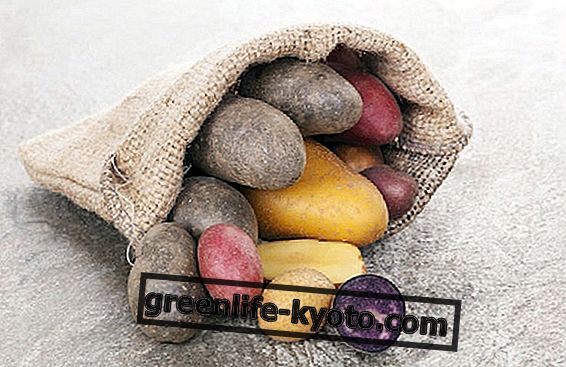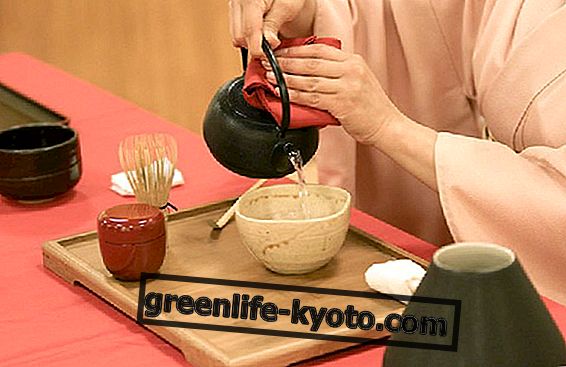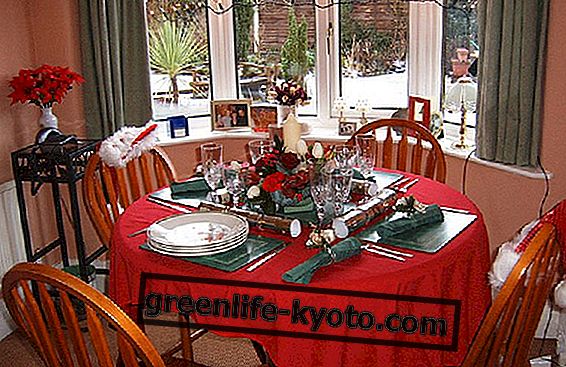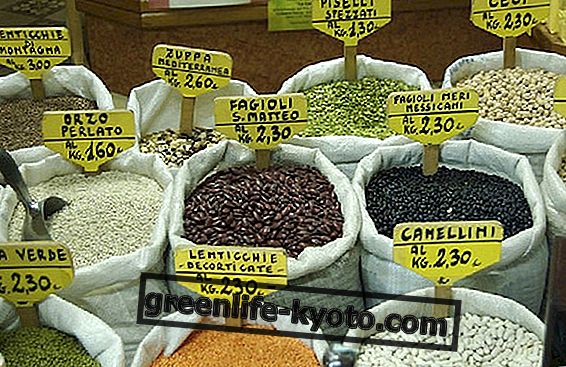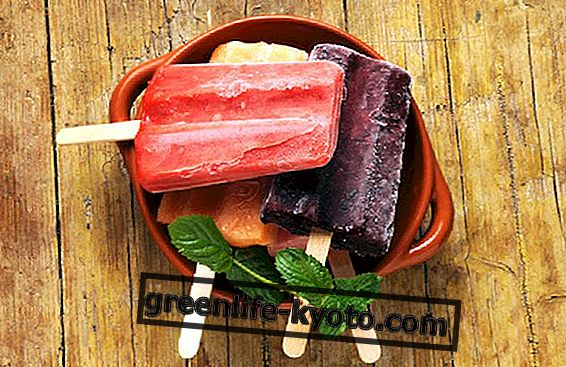
Meditation represents an apparently less welcoming area of yoga that is considered reserved for "experts" and difficult to explore.
Unfortunately, this prejudice sometimes discourages us from embarking on a path that is truly rich in gifts, if we have the constancy of watering the seed of the practice.
Precisely for this reason, we want to offer you a small instruction manual about it with no philosophical and mystical superstructures that could be difficult for the absolute beginner.
This is not to empty such a profound and spiritual discipline of content, but to make the aspiring meditator immediately approach technique, the most immediate building block on which to build a solid and lasting practice.
Let's go straight to the "bone" of some famous meditation techniques!
Buddhist meditation
It is one of the most famous and widespread, from which younger and more modern techniques such as Mindfulness were born.
There are various versions depending on the traditions, but they all start from a common core: attention to the breath. So, sitting with your back straight, perhaps with a pleasant light background music, focus on the flow of the breath that enters and comes out of the nose.
Without judgment, without comment, just pure observation. Try for a limited time, 10 minutes for example, and then start to extend it as you please
Recommended for: Buddhist meditation is a really powerful and profound technique that could be a bit complex for absolute beginners: on the one hand because of the difficulty of focusing on the breath - a fleeting breath at the beginning if the mind does not it is firm - on the other hand due to the prolonged maintenance of the sitting position. Therefore recommended to the more experienced meditators.
When to meditate?
Transcendental meditation
This technique is inextricably linked to the character who made it known in the West, Maharishi Mahesh Yogi.
Transcendental meditation is based on the repetition of a mantra that should be "delivered" to the student and by a recognized teacher in a special ceremony.
We could, in a somewhat profane way (the purists forgive us), include under this umbrella the various types of meditations with mantra of ancient origin and widespread in various religions. The mantra can be repeated in a sonorous or mental way : in both cases, it will be made to vibrate in exhalation.
Recommended for : repeating a mantra can be a very useful technique at the beginning when you tend to get distracted easily. This is because it represents a sort of anchor to return to constantly limiting the chaotic flow of thoughts .
We therefore recommend it to beginners or if we feel our mental space turbid and polluted and we want to free it before practicing yoga or a more advanced meditative technique.
Dynamic meditation
With two classic techniques, we want to add a more irreverent one, so to speak, that deviates from the usual iconography to which we are accustomed.
The dynamic meditations are of very many types and are characterized by the absence of the sitting position, therefore performing in movement. It can be as simple as walking or more structured like the meditations developed by Osho.
Recommended for: if static meditation is intolerable, the dynamic alternative is an excellent compromise. Especially that walk, it can be interesting to optimize time and introduce it even in the short journeys we make every day.



